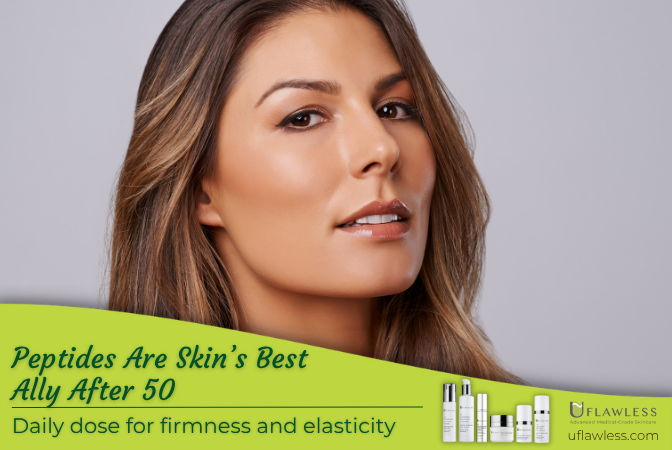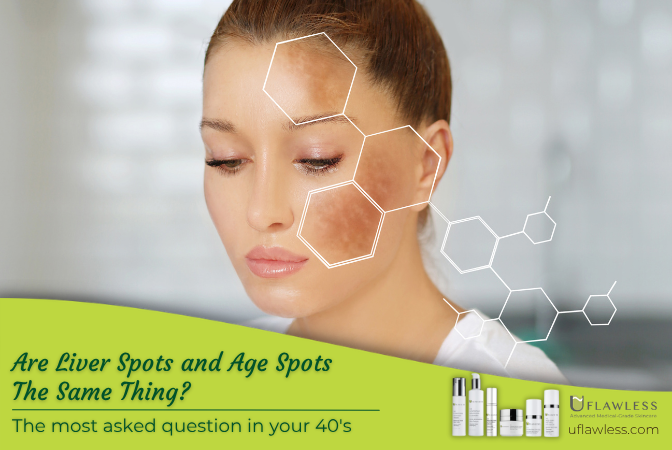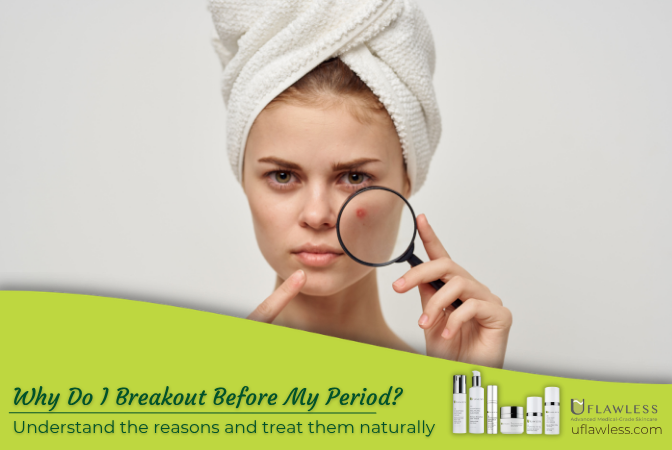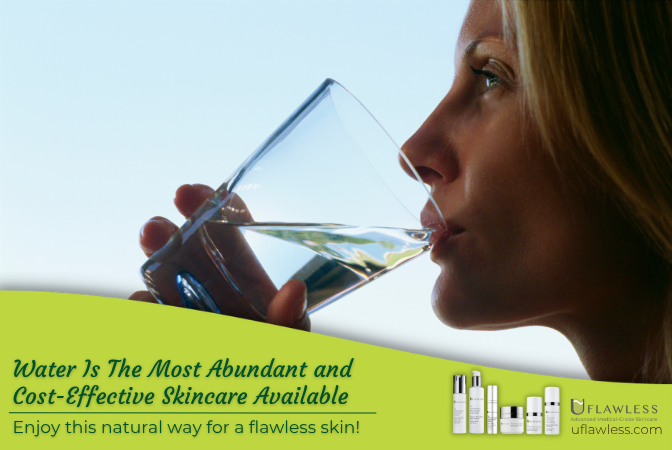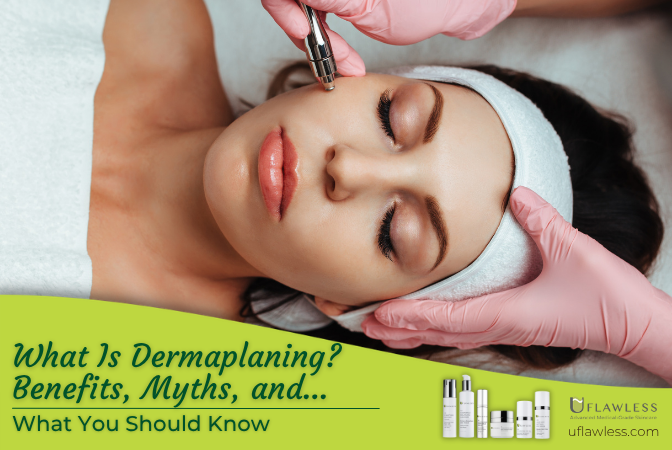
What Is Dermaplaning? Benefits, Myths, and What You Should Know
Dermaplaning is a trending skincare treatment where a trained professional uses a sterile surgical blade to gently remove the outermost layer of dead skin cells. It sounds a bit like shaving, but it goes deeper, offering smoother, brighter, and more radiant skin.
Let’s take a closer look at this popular treatment that celebrities love and see why more people are adding it to their skincare routine.
How Does Dermaplaning Work?
The specialist uses a small blade at a precise angle to gently scrape the skin. This motion removes dull surface cells and the fine facial hair we often call "peach fuzz."
Many people who exfoliate regularly but want to avoid chemical products find dermaplaning a gentler option.
It’s especially helpful for those with sensitive skin, rosacea, or anyone looking for a smoother base for their skincare products and makeup.
You don’t need to do it weekly. Dermatologists usually recommend spacing out treatments every 3 to 4 weeks.
Benefits of Dermaplaning
People who do dermaplaning regularly often report:
-
A brighter, smoother complexion
-
Better absorption of skincare products
-
Softer skin texture
-
Reduction in fine lines and wrinkles
-
Fading of acne scars and sun damage
-
Removal of fine facial hair (peach fuzz)
It offers similar benefits to exfoliation, but with the added bonus of hair removal and gentleness for those with sensitive or reactive skin.
How Often Should You Do It?
Since the skin naturally renews itself about every 27 days, dermaplaning once every 3 to 4 weeks is ideal.
More frequent sessions can damage your skin instead of helping it.
Each session takes about 45 minutes, and you’ll start seeing the full glow and benefits within 3 to 4 days.
How Much Does Dermaplaning Cost?
Dermaplaning sessions usually range between $75 and $500, depending on your provider, location, and any added treatments.
Expect to invest at least $1,000 over multiple sessions to truly experience the benefits.
As with any skincare plan, one session won’t do it all.
Most people need 3 to 6 treatments to see and maintain noticeable results.
Dermaplaning vs. Shaving: What’s the Difference?
Yes, both use blades. And yes, both remove facial hair. But dermaplaning goes deeper.
Shaving removes surface hair and may lightly exfoliate, but it doesn’t reach the deeper layer of dead skin cells like dermaplaning does.
Also, dermaplaning is done by professionals who know how to avoid irritation or damage.
Worried it might make your hair grow back thicker? Don’t be. That’s a myth.
Hair might feel slightly different as it grows back, but it won’t be darker or thicker.
It’s just your natural hair returning.
Can You Try Dermaplaning at Home?
There are at-home tools on the market, but we strongly suggest letting a licensed professional handle it.
When done wrong, you risk cuts, irritation, or long-term damage to your skin.
It’s not the same as shaving. Dermaplaning removes a deeper layer of skin, which is why proper training and sterilization matter.
If you want to try it at home, it’s smart to first get a session done by a professional.
This way, you’ll understand how it should feel and what the results should look like.
Common Myths About Dermaplaning
1. It makes hair grow back thicker or darker.
False. Hair regrowth is not affected by shaving or dermaplaning.
Hair texture and color are determined by hormones, not by cutting.
2. It’s not safe for darker skin tones.
Also false. Unlike harsh scrubs that can trigger hyperpigmentation in melanin-rich skin, dermaplaning uses a sterile blade and is safe for all skin tones when done by a trained professional.
3. It’s just shaving with a fancy name.
Not quite. Shaving only targets hair.
Dermaplaning removes dead skin, improves texture, and allows deeper penetration of skincare ingredients.
Who Should Not Do Dermaplaning?
If you have active acne or open breakouts, dermaplaning is not a good idea.
It can spread bacteria or cause irritation.
If your acne is caused by hormones, wait until your skin is more stable before booking your session.
A Few Extra Tips For Effective and Cost-Effective Skincare.
-
Drink 8 to 12 glasses of water daily for glowing, plump skin.
-
Always wear sunscreen—especially after treatments like dermaplaning.
-
Winter is a great time to try dermaplaning when skin tends to feel drier and dull.
Dermaplaning is a safe, effective way to refresh your skin, reduce dullness, and get that smooth, glowing look we all love.
When paired with medical-grade skincare like UFlawless, your skin will better absorb nutrients and active ingredients, helping you see visible results faster.
Want to take your skin to the next level? Explore our anti-aging or brightening routines to pair with your next dermaplaning session.
Because glowing skin isn’t just for celebrities, it’s for you too.



